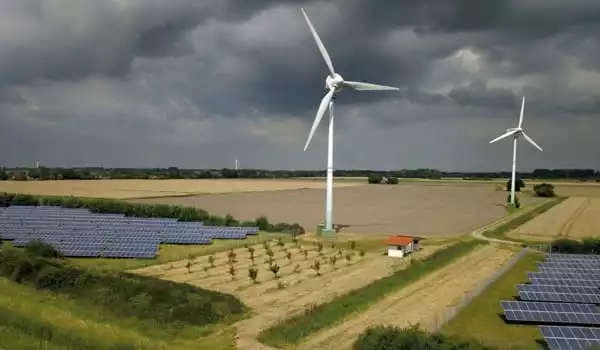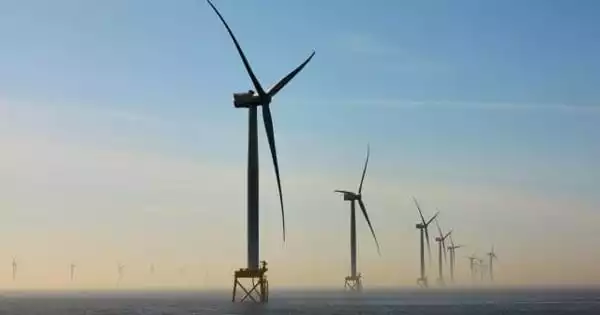Windmills have been used by humans for over 1,300 years to capture the power of the wind as mechanical energy. Modern wind turbines, unlike early windmills, use generators and other components to transform energy from spinning blades into a smooth flow of alternating current (AC).
Global wind energy capacity exceeds 651 gigatonnes, which is more than grid-connected solar energy and nearly half of what hydropower can supply. Wind farms in five nations account for nearly three-quarters of that 651 gigatonnes: China, the United States, Germany, India, and Spain. Wind energy capacity in the Americas has tripled in the last decade.
Anticipating major elements of wind farms a decade or more before they are built can help shape today’s investment, research, and energy system planning decisions. Researchers Philipp Beiter and Eric Lantz of the National Renewable Energy Laboratory (NREL), along with collaborators from the Lawrence Berkeley National Laboratory and the United States Department of Energy, polled more than 140 of the world’s leading experts about their predictions for future wind plant design in 2035.
The researchers discover in their new article, “Expert Perspectives on the Wind Plant of the Future,” which appears in the journal Wind Energy, that experts expect the height of wind turbines to increase even more than previously predicted, with plants increasingly located in less favorable wind and siting regions.
Our study provides a much-needed benchmark for characterizing future wind technology in power sector models. This work fills a major research gap by addressing the economics behind wind energy design choices.
Philipp Beiter
Taller turbines, with greater rotor diameters, can catch more energy. The experts anticipated that hub height for newly constructed onshore wind turbines will reach 130 meters in 2035, up from 115 meters in a 2015 poll. (Because each survey asked experts to look 15 years ahead, the 2015 data includes forecasts for 2030.)
Fixed-bottom offshore wind plants are expected to have a capacity of 1,100 megawatts (MW) and floating offshore wind plants will have a capacity of 600 MW. These and many other design choices outlined in the article can achieve levelized cost of energy reductions of 27 percent (onshore) and 17 percent -35 percent (floating and fixed-bottom offshore) by 2035 when compared to today. New plant designs can also enhance wind energy’s grid service, for example, via project hybridization with batteries and hydrogen production.

“Our study provides a much-needed benchmark for characterizing future wind technology in power sector models,” stated Beiter. “This work fills a major research gap by addressing the economics behind wind energy design choices.”
The authors cite economic drivers for these design modifications, including as economies of scale from larger turbines, larger plant size, and increased siting flexibility. In essence, these mechanisms drive design decisions because the benefits of lower costs or increased energy production outweigh the incremental cost of obtaining them.
“While well established in general economic theory and frequently addressed separately, relatively few attempts have systematically studied the particular dynamics driving wind farm construction,” Lantz said of the study’s unique contribution.
The thorough global expert study was made possible by an international research collaboration under the auspices of the International Energy Agency Wind Technology Collaboration Programme, whose objective is to improve wind energy research, development, and deployment in its member countries.
Because wind is generally highest after the sun has heated the ground for a period of time, wind energy and solar energy complement each other. Warm air rises from the most heated parts, creating a gap into which other air can rush, resulting in horizontal wind currents. During the day, we can use solar energy, and in the evening and at night, we can use wind energy. Wind energy is useful in locations where it is too overcast or dark for substantial solar energy production, particularly at higher latitudes.





